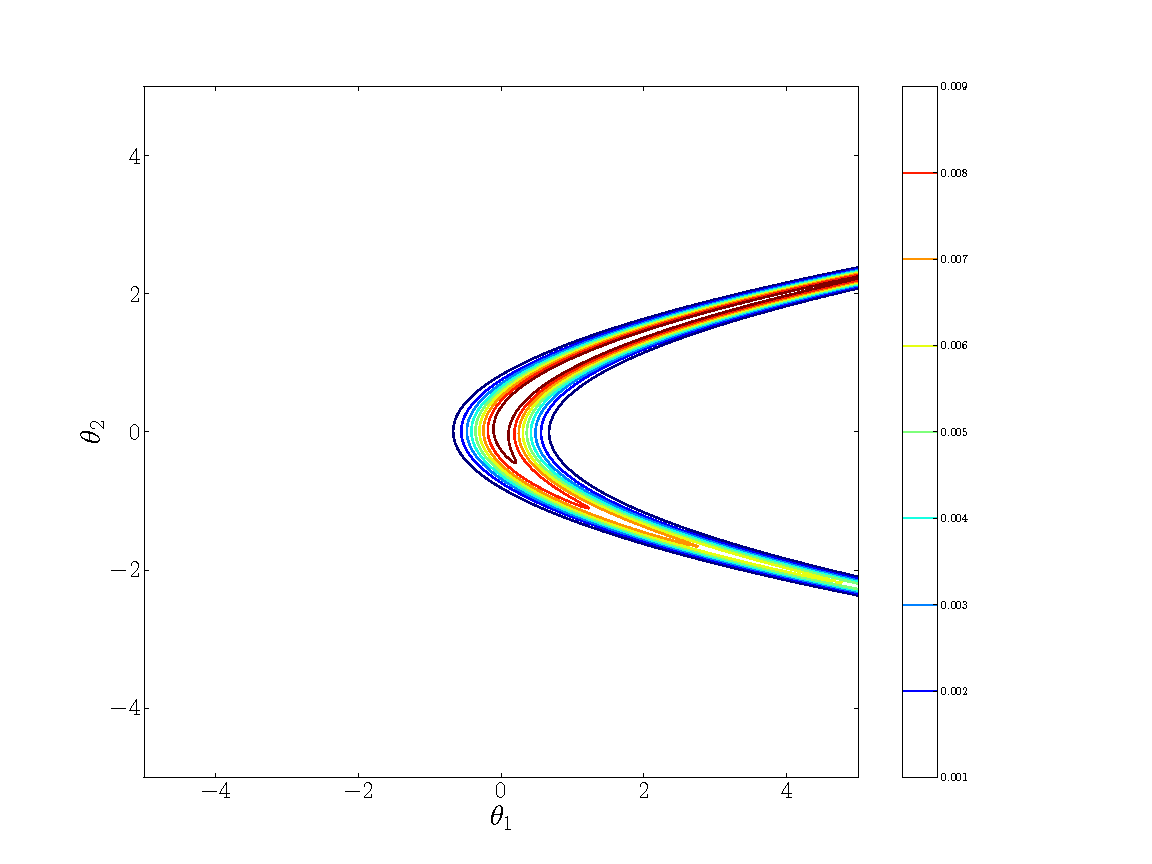The Probabilities of Orbital-Companion Models for Stellar Radial Velocity Data
Abstract
The fully marginalized likelihood, or Bayesian evidence, is of great importance in probabilistic data analysis, because it is involved in calculating the posterior probability of a model or re-weighting a mixture of models conditioned on data. It is, however, extremely challenging to compute. This paper presents a geometric-path Monte Carlo method, inspired by multi-canonical Monte Carlo to evaluate the fully marginalized likelihood. We show that the algorithm is very fast and easy to implement and produces a justified uncertainty estimate on the fully marginalized likelihood. The algorithm performs efficiently on a trial problem and multi-companion model fitting for radial velocity data. For the trial problem, the algorithm returns the correct fully marginalized likelihood, and the estimated uncertainty is also consistent with the standard deviation of results from multiple runs. We apply the algorithm to the problem of fitting radial velocity data from HIP 88048 ($\nu$ Oph) and Gliese 581. We evaluate the fully marginalized likelihood of 1, 2, 3, and 4-companion models given data from HIP 88048 and various choices of prior distributions. We consider prior distributions with three different minimum radial velocity amplitude $K_{\mathrm{min}}$. Under all three priors, the 2-companion model has the largest marginalized likelihood, but the detailed values depend strongly on $K_{\mathrm{min}}$. We also evaluate the fully marginalized likelihood of 3, 4, 5, and 6-planet model given data from Gliese 581 and find that the fully marginalized likelihood of the 5-planet model is too close to that of the 6-planet model for us to confidently decide between them.
- Publication:
-
arXiv e-prints
- Pub Date:
- January 2014
- DOI:
- 10.48550/arXiv.1401.6128
- arXiv:
- arXiv:1401.6128
- Bibcode:
- 2014arXiv1401.6128H
- Keywords:
-
- Astrophysics - Instrumentation and Methods for Astrophysics;
- Astrophysics - Earth and Planetary Astrophysics
- E-Print:
- 24 pages, 10 figures, 2 tables, submitted to AJ
